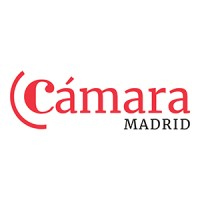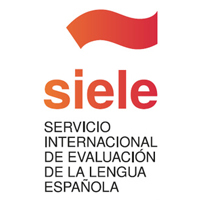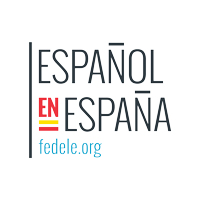Pretty much everyone in the country looks forward to two dates in particular – the 6th and the 8th of December. Why?
Spain’s festivos (public holidays) are published every October to let everyone know which dates to mark on the calendar as a day off during the next year. By law, there can be up to 14 official holidays including both national and regional days. The central government decides on 9 of these, which are always the same, and the regional governments and local councils can add up to 5 more to make up the full amount.
Pretty much everyone in the country looks forward to two dates in particular – the 6<th and the 8th of December. Why? Because they’re two festivos (bank/public holidays) which mean you get both days off work in the same week, and for a lot of people also make un puente. But what’s that? Well, un puente (a bridge) means when two holiday days are separated by a normal day between them so that you can take an extra day off work in the middle and make a three (or more!) day break. Unfortunately, not everybody benefits from this and some people have to work on the 7th, even still, everyone likes two days off! Let’s have a look as to why these dates are important in the Spanish holiday calendar.
El 6 de diciembre – Día de la constitución
As you may, or may not, know, from 1939-1975 Spain was ruled by the dictador (dictator) Francisco Franco. When he died, there was a period known as la transición (the transition) which lasted, more or less, until 1978 when the new democratic constitución (constitution) was put to a referendum and approved by the Spanish people on the 6th of December. Each year, this important hito (event) is marked with a festivo nacional (national holiday) as this constitution is still in force to this day.
During el día de la constitución (Constitution Day) there are numerous events which take place around the country. For instance, in Madrid soldiers izar la bandera (raise the flag) in the Plaza de Colón (Columbus Square) to the sound of the himno nacional (national anthem) and with the presence of various high-level politicians. Also, in the Barajas neighbourhood there’s a carrera (race) through the streets which pays homage to the Constitution and makes for an interesting local event in itself. The city tends to be getting ready for la navidad (Christmas) at this time of year too, so lots of Christmassy activities get going on the days around the 6th such as the mercados navideños (Christmas markets) all around the capital. Definitely a day to celebrate as we all remember how democracy returned to Spain.
El 8 de diciembre – Día de la inmaculada concepción
The other important fecha (date) during this week is the 8th, on which we celebrate the Immaculate Conception of la virgen María, madre de Jesús (The Virgin Mary, mother of Jesus). For cristianos (Christians), this is an exceptionally important day as it is when Santa Ana (Saint Anne), the mother of María (Mary), fell pregnant and God preserved Mary from the stain of original sin. As such, María (Mary) is free from pecado (sin) and could then go on to give birth to Jesus.
On this day, many people go to misa (mass) to mark the day, and it is, according to Church tradition, the only day on which the cura (priest) may wear vestimento azul (blue robes). For non-religious people, the day is simply another holiday and a chance to rest and relax, or just get out and enjoy some of the attractions around where they live.
When you come to Madrid to learn Spanish, all of these festivos are a great opportunity to go out and immerse yourself in Spanish culture. There’s always something happening on every special holiday and you can learn so much about the history, the people and the traditions of the country by going to the different events. If you take a course at Hablamos, we arrange lots of cultural activities so come and join us and start you Spanish studies with us today!





